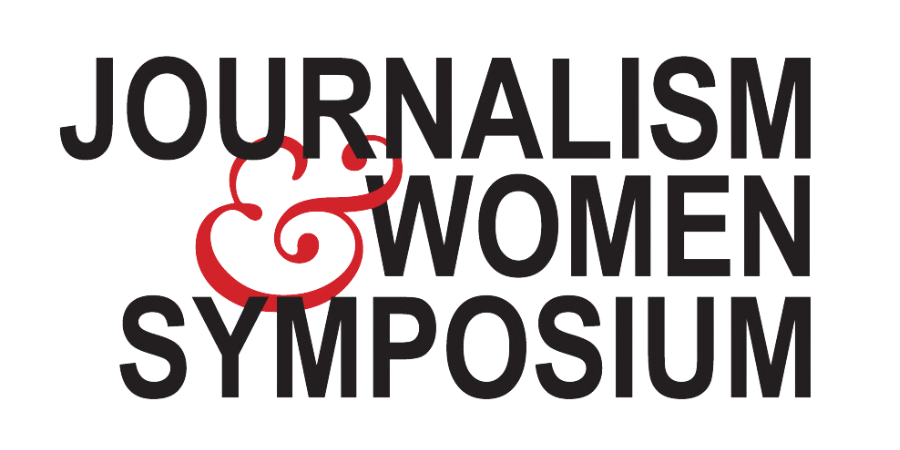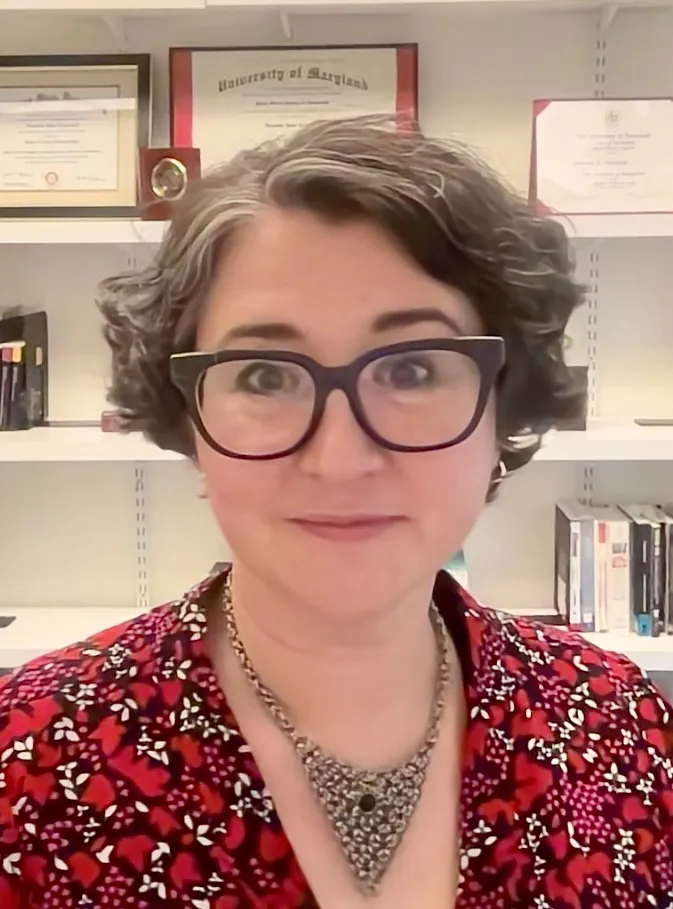Inspired By: Amanda Crawford
By Sharon Walsh
JAWS board member Amanda J. Crawford is a journalist and professor who also sings and plays flute in a band, and welcomes counterpoints to her research on guns, mass shootings and misinformation.
Amanda has written widely for such news organizations as The Arizona Republic, Bloomberg News, People magazine, CNN, The Boston Globe and The Chronicle of Higher Education.
Many of her journalism milestones lead back to JAWS. That’s where she connected with Jane Isay, a New York book editor and author known in JAWS as “the book whisperer.”
“We started talking about Sandy Hook and her writing” at CAMP, said Isay, who calls Amanda a “brilliant synthesizer. She has the ability to report and help us understand. … She dives deeply when she covers something. And she knows a great deal more than she gives herself credit for, like so many JAWS women.”
Amanda traces her first job to another JAWS member, former President Linda Kramer Jenning, who gave her an internship at People magazine in Washington, D.C., when Amanda was an undergraduate at the University of Maryland.
Well, it wasn’t so much that Jenning gave her the internship. People didn’t even have an internship program at the time. “I’ve always been impressed by Amanda’s persistence,” Jenning said. “She just kept knocking on the door and knocking on the door. It was one of the best decisions we made to bring her on.”
Amanda worked at People with Jenning from 1997 to 1999 as an intern and then a temporary correspondent. She continued to freelance for People after that. Amanda worked at The Republic 2003-2008, and taught and went to grad school at ASU 2008-2010.
In 2011, as a freelancer for People, Amanda began covering the subject that now consumes her and will be the topic of her first book. The first mass shooting she covered was when six people were killed and 11 wounded, including Rep. Gabrielle Giffords, in Tucson, Ariz., Amanda knew Giffords from covering state government and wrote the story for People.
She continued to cover gun issues and other mass shootings – including a 2012 mass shooting in Aurora, Colorado – as a reporter for Bloomberg News.
“It’s trying on our national psyche,” Amanda said of the growing number of mass shootings. “It’s just exhausting to have this ongoing national tragedy.”
After the Sandy Hook Elementary School shooting in Newtown, Conn. in December 2012, when 20 first graders and six adults were murdered, Amanda dived deeper, looking at the explosion of misinformation on social media platforms about gun violence following mass murders.
Sandy Hook marked the beginning of the growth in frequency of mass casualties, which coincided with new communications platforms and the denial of horrific tragedies, she said.
With each mass shooting, “there was a lot of trolling and different conspiracy theories,” Amanda said. One of those theories was that the shooting was staged by the government as a way to take away citizens’ guns.
“Then, that theory is repeated,” she said. “So now, any mass shooting is followed by waves of denials and conspiracy theories.”
It was on a sailboat off the coast of Mexico in 2018 that these ideas coalesced in what she calls “a fever dream” when she had a bad case of the flu. When her head cleared, Amanda saw her next project: a long-form study at the intersection of gun violence, misinformation and social media.
After getting a master’s degree at Arizona State University and lecturing there for two years, she moved to Bowling Green, Ky., to become a professor at Western Kentucky University’s journalism school.
“I certainly don’t think of it as leaving journalism,” she said of her move to academia. “I wanted to work on projects for a longer period of time. I consider myself a literary journalist. I can say my opinion a bit more. I wanted to experiment with forms and to help the next generation … because boy, we need good journalists.”
One draw of WKU was its great music and arts scene and its proximity to Nashville. In a Victorian house she rented with her husband, Toby Fatzinger, a songwriter and musician in the band “A Former Friend,” she could play music and garden, as well as teach.
She’s had less time for those two passions since moving to the University of Connecticut in 2018 and focusing on teaching and the articles leading to her book project, including a cover story in the Boston Globe Magazine last summer.
UConn has the advantage of being not far from Newtown and the people she has followed there. In addition, it’s a hop on the train to New York City or Boston, and it even has a beach, she said.
Amanda is proud to be a first-generation college student and, Isay said, she’s “very serious about educating young journalists and committed to honoring the truth.”
“When she gets involved in something she’s all in,” said Marie Shanahan, journalism department head and associate professor at UConn. “She’s had a great year. She’s tenure track, so she’s really stressed out” working on the book and teaching.
Shanahan is working to get more students signed up for journalism on UConn’s four regional campuses and asked Amanda to teach Newswriting 1, the core class for those students. In spite of her heavy workload, Amanda applied for a grant to learn to teach 100 students online synchronously.
“She takes such wonderful initiative to help students and improve our program,” said Shanahan, who is also a JAWS member.
Amanda points out the importance of JAWS as a supportive environment for female journalists, particularly in transitions, whether it’s the upheaval and change in journalism itself or individual shifts like hers from full-time journalism to teaching and writing.
During the pandemic, Amanda and JAWS member Elissa Yancey, who was also going through a professional change, became writing buddies and shared their work.
“We were accountability partners in keeping our writing practices alive and vibrant throughout the pandemic, when it was so hard to do anything,” said Yancey, who moved from an academic environment to being a consultant for the Bill and Melinda Gates Foundation and president of the nonprofit A Picture’s Worth.
“Having that kind of support, that connection through JAWS, was a constant reminder that I was not alone in the work,” Yancey said.
“JAWS is the support center for women in this industry,” Amanda said. It “provides support for transitions to a new area. It’s a network to find people who’ve had similar experiences and seek their help. It’s open and welcoming.”
Amanda is also co-chair of the membership committee, which is planning a member survey. “Part of what I want to do with membership is find better ways to connect people,” she said.
Sharon Walsh is a longtime JAWS member who has twice been on the board and serves as A JAWS Legacy Fund adviser. An investigative reporter and editor, she has worked for The Washington Post, The Philadelphia Inquirer and other publications. She is retired in Pittsburgh, where she was the founding editor of PublicSource.org, a prize-winning online news source for the area.

